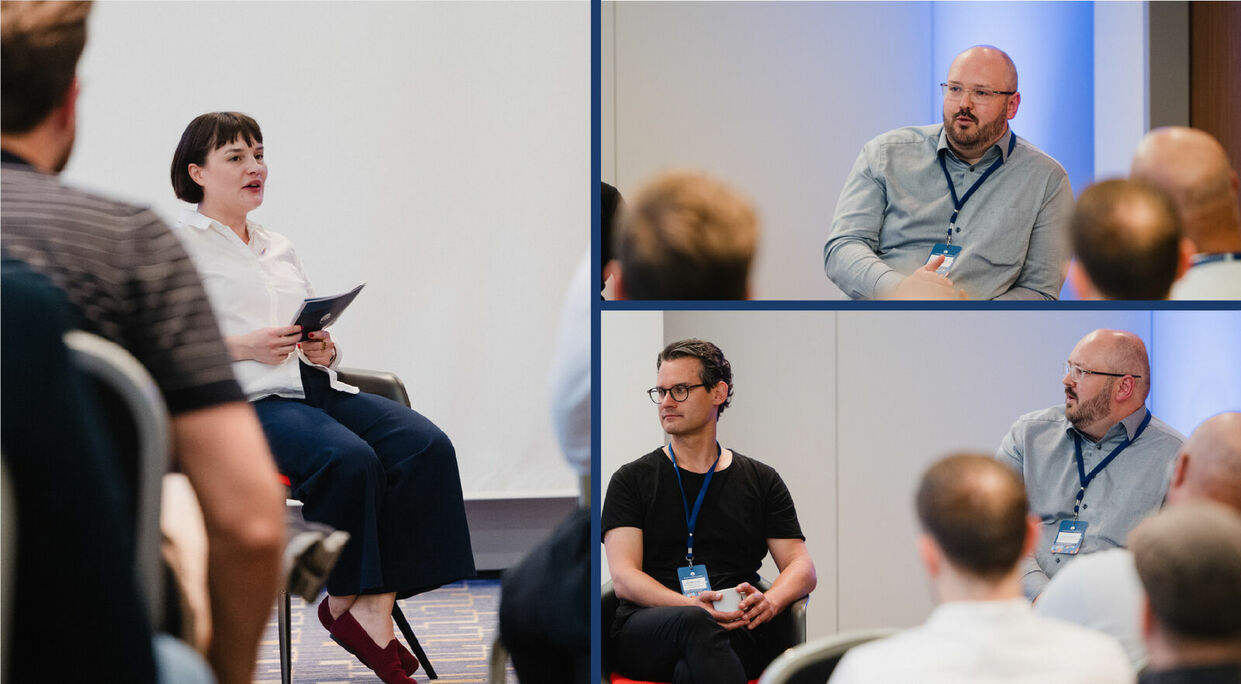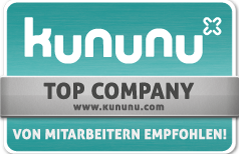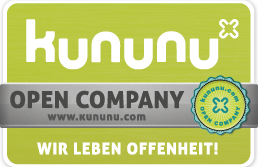Realtalk: ERP migration & the digital future – what modern IT landscapes must deliver
From minimum requirement to competitive edge: why today’s IT landscapes must deliver more
Digital transformation is increasingly driven by regulatory requirements. Whether it’s national legislation initiatives or EU regulations such as the Digital Identity Wallet, data must be available digitally, and in a machine-readable and structured format. Paper files and handwritten notes simply won’t cut it anymore. Those who don’t evolve their IT landscape will struggle to comply with future regulations.
Yet the sector is divided. Many companies are stuck in legacy core systems that are slow or costly to develop further. Especially ERP systems, often the backbone of IT, can become bottlenecks. Instead of enabling innovation, they hinder it. The solution? A common standard.
New technologies, new expectations
Artificial intelligence is already reshaping how we interact with IT. AI-powered assistants make systems easier to use – and raise expectations: why should I have to fill out 18 fields in SAP when an AI agent can generate the right form in seconds?
Low-code tools and AI services show just how quickly new, innovative applications can be built. This sparks curiosity but also creates tension between vision and reality. The key question is no longer: What can my system do? But rather, how open is it to extensions? Modern IT landscapes need interfaces, integration capability and a clear strategic direction. Not one system that does everything, but one that can be meaningfully enhanced.
ERP migration is about more than just technology – it’s about mindset
ERP migration shouldn’t be a purely technical exercise. It makes sense to start with a vision: What should the system do? Which processes should be streamlined? Which tools bring real added value?
This mindset takes courage. It challenges long-held beliefs. Migration is not just an IT project, but a cultural shift. That’s why it’s crucial to bring people along with easy-to-understand training, carefully chosen key users and prototypes that generate excitement for what’s next. A well-designed Fiori® tile like “My Tasks,” offering a clear daily overview, can work wonders.
Interactive exchange instead of one-way lectures – with active audience participation
The debate came alive when the question was raised: are traditional requirement specs and catalogs still useful or do they prevent intuitive, modern solutions from getting a fair shot? The room engaged in a dynamic exchange of use cases, project experiences and differing perspectives.
The open, interactive atmosphere was one of the session’s highlights. Many attendees actively participated – without hesitation. Arne Rajchowski summed it up afterwards in a team email: “I don’t think I’ve ever experienced such an open discussion at a conference or trade fair. […] It worked – it was really great!”
Beyond specs – toward real highlights
One key takeaway: we need a new approach when selecting IT solutions. Instead of long requirement lists, providers should showcase how cool their systems can be. Which standout features can truly make my day easier? Where’s the ‘wow’ factor that makes me want to embrace change?
Because, if you ask a rider what they want, they’ll say a faster horse – not a car. But that’s exactly the kind of rethink we need now. ERP migration is a chance to rethink processes, unlock innovation, and ensure long-term viability. The clean core approach supports this – reducing custom developments in favor of a well-structured, low-maintenance, integration-capable system.
Conclusion: The future starts now – not in five years
IT innovation is accelerating rapidly. AI breakthroughs, as featured daily in the Heise podcast and beyond, show what’s possible. Those who want to wait five years are already lagging. The good news? You don’t need a perfect start – but you do need to start. Now. With openness, strategy and a willingness to embrace change.

Hosted by Lê Duong Thanh, Arne Rajchowski and Larsen Bernhardt joined the audience to discuss the requirements modern IT landscapes must fulfill in the future.
You might also be interested in:

